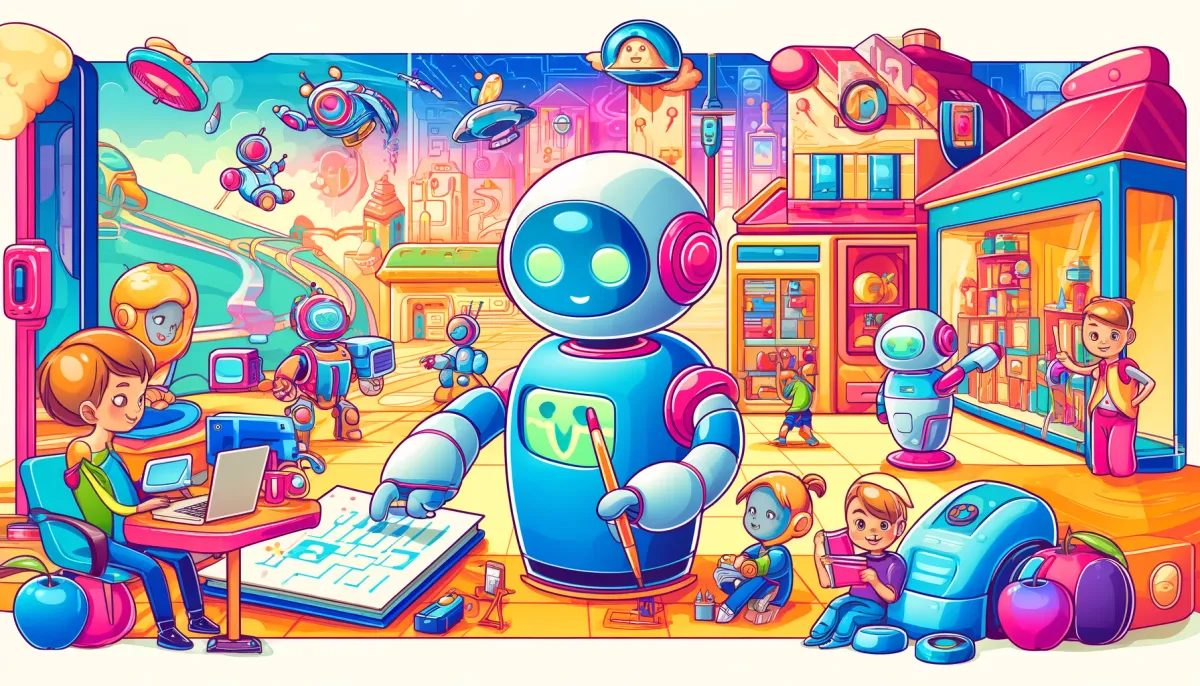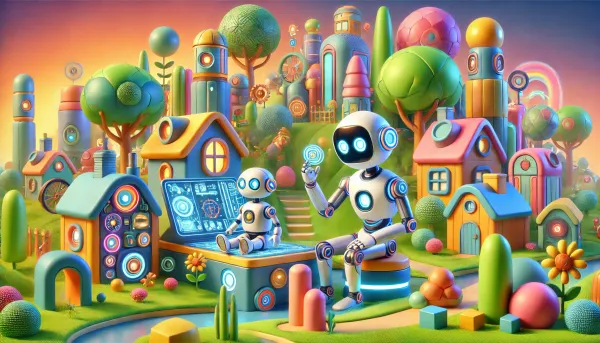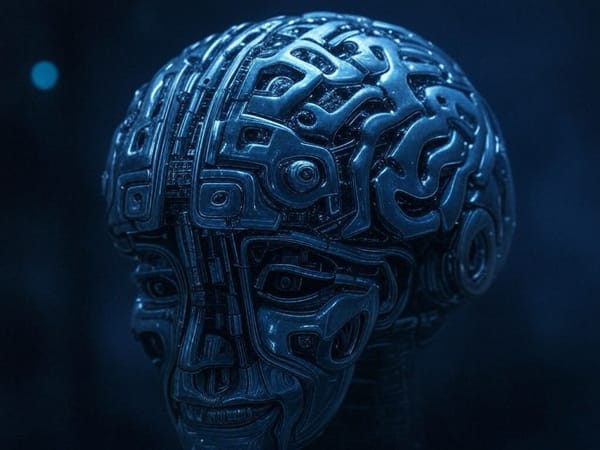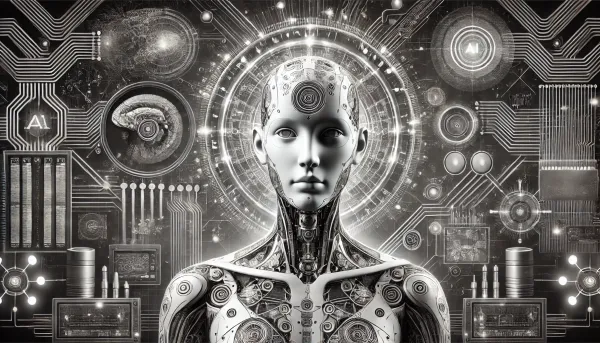🚀 AI Rethinks Itself: Smarter Models, Jobs & Real-World Impact

Hello Human,
Introduction
In today's exploration, we delve into AI's evolving landscape, from smarter training approaches to its transformative role in software development, the labor market, and even disaster response. As AI continues to push boundaries, today's topics reveal its vast potential and emerging challenges. Below are key insights that reflect AI's expanding influence across industries and technologies.
Today's Insights
-
AI Leaders Seek New Strategies Amid Limitations
Major AI firms are re-evaluating their methods as the "bigger is better" approach to model scaling faces physical and performance limits. OpenAI’s latest model, O1, incorporates "test-time compute," enabling it to consider multiple outcomes before choosing the best answer, similar to human problem-solving. This shift could reshape the AI hardware industry by emphasizing efficient inference over extensive pre-training. -
Google’s AI Codes Over 25% of Its Source
Google now relies on AI for more than a quarter of its internal coding tasks, marking a shift towards enhanced productivity and efficiency in software development. AI-generated code is reviewed by human engineers, ensuring quality and speeding up workflows. While this advancement lowers the barrier to coding, concerns remain regarding the maintainability of AI-generated code, a challenge for widespread industry adoption. -
Generative AI Redefines the Job Market
Generative AI, particularly tools like ChatGPT, is reshaping job demand, notably in automation-prone fields like writing and coding. Freelancers are seeing fewer job opportunities as companies turn to AI solutions, increasing competition for the remaining roles. However, employers are willing to pay more for roles requiring AI proficiency, signaling the importance of upskilling in AI-driven skillsets. -
Nvidia: A Dominant Force in AI Hardware
Nvidia's pivotal role in AI development is reinforced by its latest Blackwell architecture and its expanding market for AI accelerators. Backed by investment from top tech companies, Nvidia’s future looks robust, with analysts marking it as a top investment choice in AI infrastructure, poised to capitalize on upcoming developments in areas like autonomous vehicles and visual intelligence. -
AI for Enhanced Disaster Detection and Response
AI is being used to strengthen natural disaster prediction and response. Projects by both the United Nations and private entities use AI to detect and assess damage more efficiently. For instance, SeismicAI’s real-time earthquake sensors and Google's post-disaster image analysis help prioritize aid to the worst-hit areas, although limitations in data quality in poorer regions challenge the effectiveness of these models.
Trending GPTs
-
CEO GPT
Gain mentorship from seasoned business icons on leadership and startup strategy.
Explore CEO GPT -
C and C++
An assistive tool for creating, planning, and simulating code in C and C++.
Explore C and C++ -
Product Design Analysis
Evaluate popular product designs or analyze your own. This GPT provides reports on design strengths and weaknesses.
Explore Product Design Analysis -
Code Challenge
Develop, plan, and test code challenges across various programming languages.
Explore Code Challenge -
AYA: Ask You Anything
A versatile assistant for any question—explore, inquire, and get instant answers.
Explore AYA: Ask You Anything
Prompt of the Day
Try this prompt to see how AI can assist in planning your day more efficiently:
Create a schedule for me that balances work, exercise, and relaxation. My working hours are 9 am to 6 pm, and I want to include two breaks, a 30-minute workout, and one hour for personal reading.
That's all for today's entry. Stay tuned for tomorrow's insights.
Stay curious, Human.




